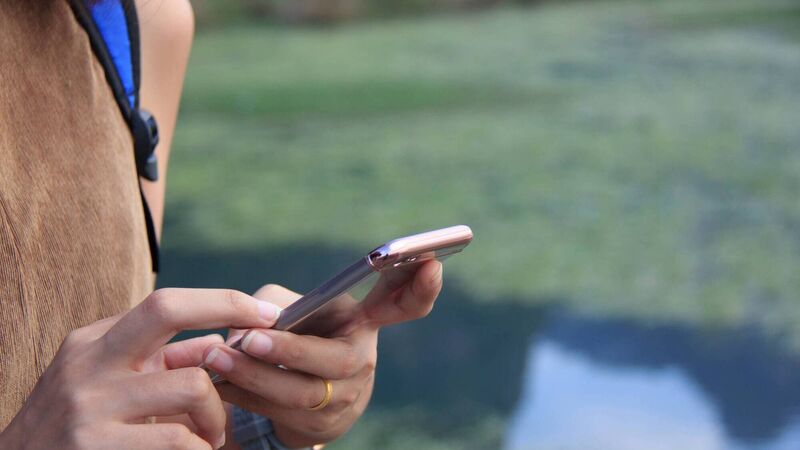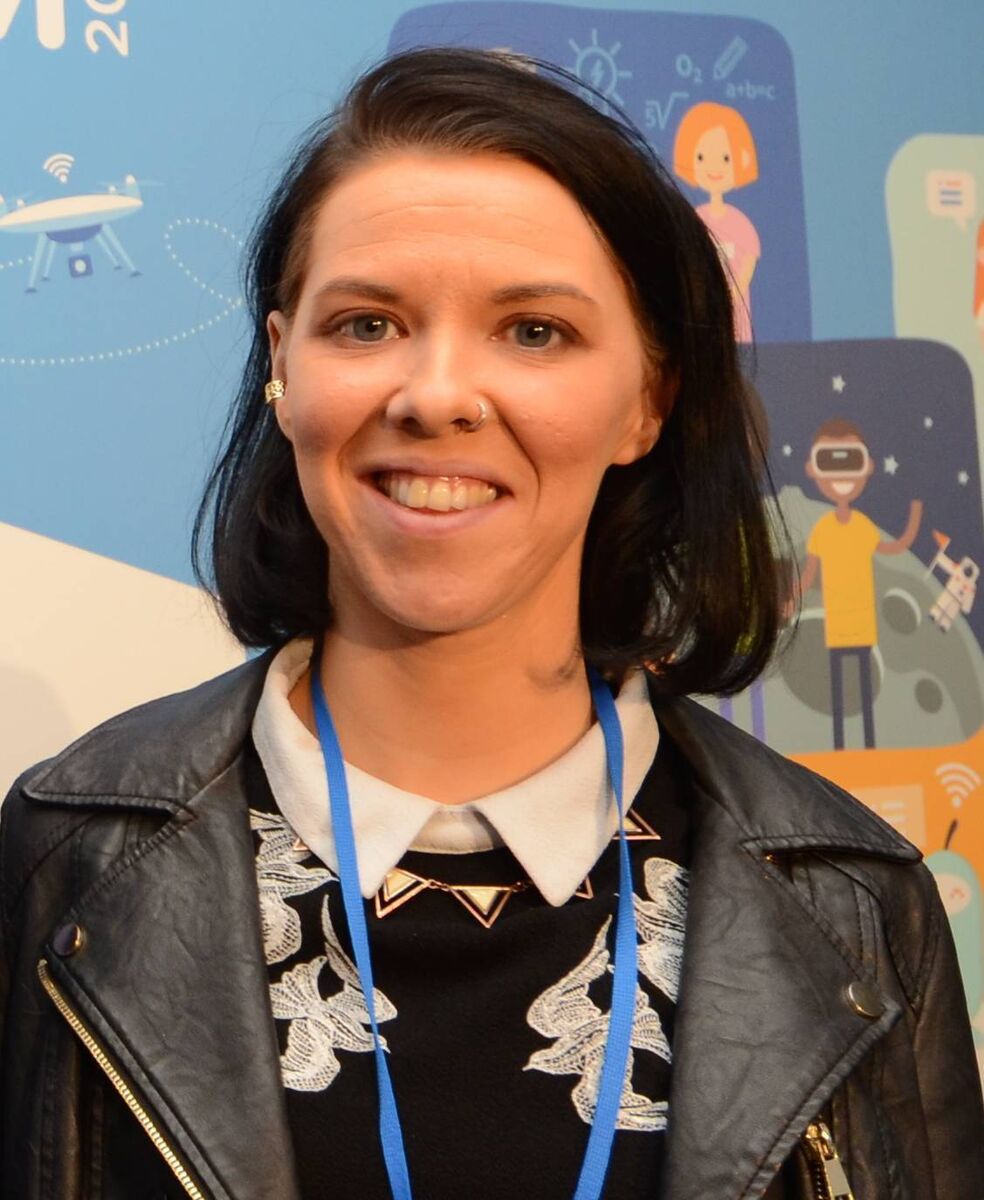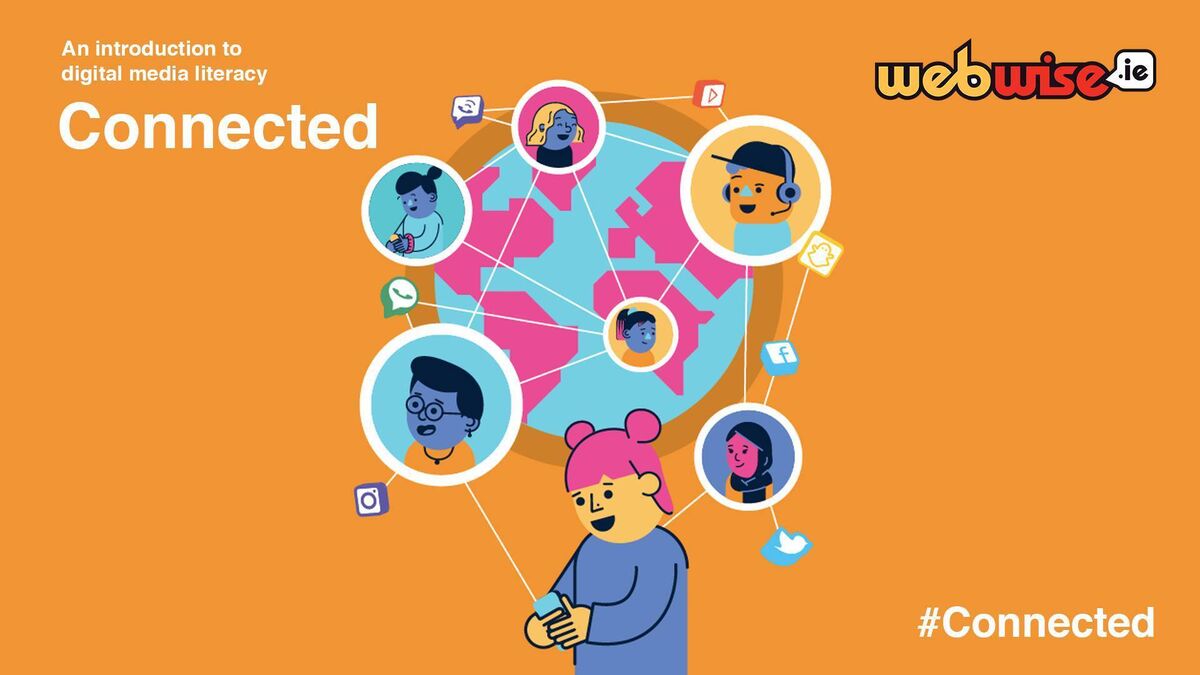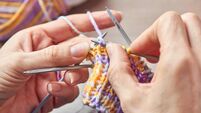How to avoid being fooled by fake news and false information

Many people now get news from social media sites and networks and often it can be difficult to tell whether stories are credible or not. Picture: Pexels
With so much information at our fingertips it can be easy to come across something online that isn’t quite as accurate or reliable as it should be. This kind of information is often called Fake News but a better description might be false information because it affects more than news stories.
Information, stories or hoaxes created to deliberately misinform or deceive readers/viewers/listeners. The story itself might be fabricated, with no verifiable facts, sources or quotes or some elements or facts might be accurate but presented in a false or misleading way.
Many people now get news from social media sites and networks and often it can be difficult to tell whether stories are credible or not. Information overload and a general lack of understanding about how the internet works has also contributed to an increase in fake news or hoax stories. Social media sites can play a big part in increasing the reach of these type of stories.
There are a number of things to watch out for when evaluating content online.
Check the source of the story, do you recognise the website? Is it a credible/reliable source? If you are unfamiliar with the site, look in the about section or find out more information about the author, date, time, URL.
Check the entire article. To grab attention, false information often uses sensationalist or shocking clickbait headlines – sometimes written in all caps and using exclamation points. False information can also contain incorrect dates or altered timelines. It is also a good idea to check when the article was published, is it current or an old news story? It’s also a good idea to see if the information is attributed to an author, or if quotes are attributed to real people or unnamed sources.
Probably the most reliable way to ‘fact-check’ information is to cross-reference it with other sources. Ask yourself whether other reputable news/media outlets are reporting on the story. Check whether there are any sources in the story. If so, check that they are reliable or if they even exist! Try to find the earliest and most local source for the story.
The language used in the piece might help you identify whether something is written as fact (something that is proven to be true) or opinion (someone’s personal belief). For example factual statements might include words such as “The annual report confirms… Scientists have recently discovered… According to the results of the tests… The investigation demonstrated…” Whereas opinion pieces might use statements such as “He claimed that… It is the officer’s view that… Many scientists suspect that… I believe…” or could pose questions such as “Could this really be possible …?”. Remember, you are entitled to your own opinion but not your own facts.
Are your own views or beliefs affecting your judgement of a news feature or report? We are even more likely to accept or ignore things depending on whether or not they support what we already believe.

Satirical sites are popular online and sometimes it is not always clear whether a story is just a joke or parody… Check the website, is it known for satire or creating funny stories or is the social media account marked as a ‘parody’ account?
Lots of false information is designed to appeal to our emotions and prompt a quick reaction that can be widely shared on social media. Before sharing something online, slow down, look at the language used, it is sensational or divisive?
Images and video can be easily altered and manipulated online. Take your time before sharing and check other sources. For pictures, you can do a reverse search for images at TinEye (www.tineye.com) or Google Reverse Image Search (www.images.google. com). This will tell you where else the picture has appeared, and also show you similar pictures (which is a good way to find out if it has been photoshopped).
Sites like Snopes: www.snopes.com; PolitiFact: politifact.com; Fact Check: factcheck.org can be a great shortcut to find out if a story has already been debunked – or if a too-good-to-be true story really was true after all. Then before you believe it or share it: Check your own instincts – does it seem likely to be true, is it accurate and helpful?
Always try to STOP, THINK, CHECK that what you are seeing, reading or hearing is accurate and reliable. For more advice and tips to help you judge whether information is accurate and reliable visit bemediasmart.ie.

Deepfakes are fake videos created using digital software, machine learning and face swapping. Deepfakes are computer-created artificial videos in which images are combined to create new footage that depicts events, statements or action that never actually happened. The results can be quite convincing. Deep fakes differ from other forms of false information by being very difficult to identify as false.
Like all types of information we encounter online the most important thing we can do when deciding if videos or images online are authentic and real is to be critical. We need to use critical thinking and ask ourselves key questions such as:
- Who and why is someone sharing this video?
- Who or what is the original source?
- Is the person in the video saying something you’d never expect them to say?
- Does the video advance someone else’s agenda?
- Who benefits from this video?

The information provided in this article is part of a new Digital Media Literacy Programme designed for Junior Cycle students titled Connected developed by Webwise.ie. Webwise is the Irish Internet Safety Awareness Centre, Webwise is co-funded by the Department of Education & Skills and co-financed by the European Union’s Connecting Europe Facility.
Connected has been specifically designed for teachers of the Junior Cycle Digital Media Literacy Short Course who wish to explore;
- Online wellbeing
- News, information and problems of false information
- Big data and the data economy
- Young people’s rights online
This programme will give students an understanding of the role of digital technologies, their rights in the digital world and will help students develop key digital media literacy skills to responsibly navigate the online environment. Connected aims to empower young people to be effective, autonomous and safe users of technology and online media.
The resource can be accessed for free here







